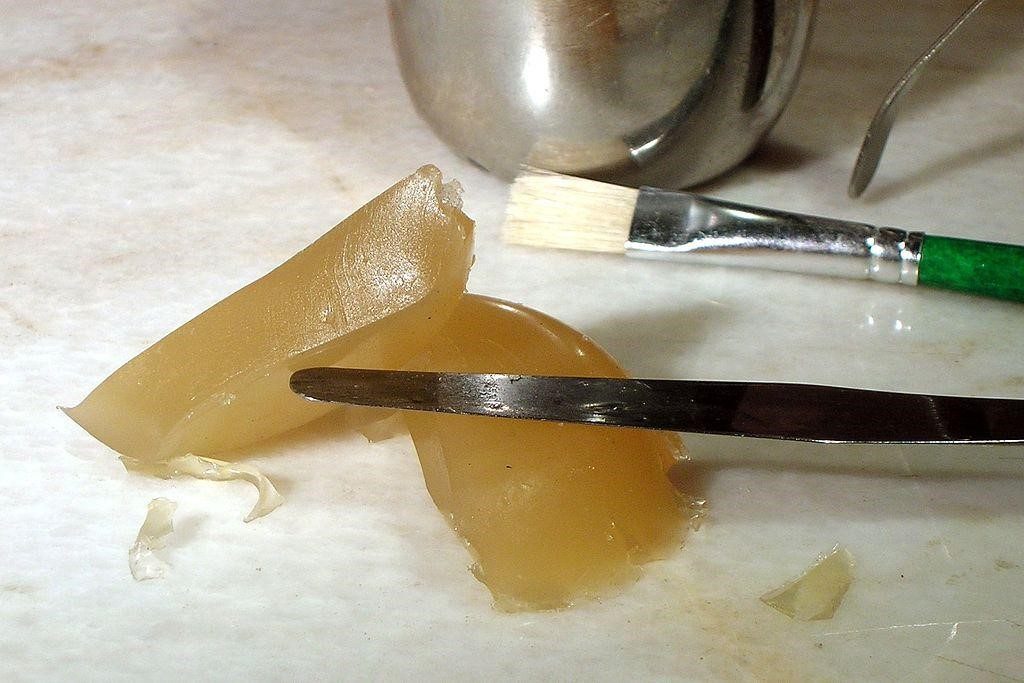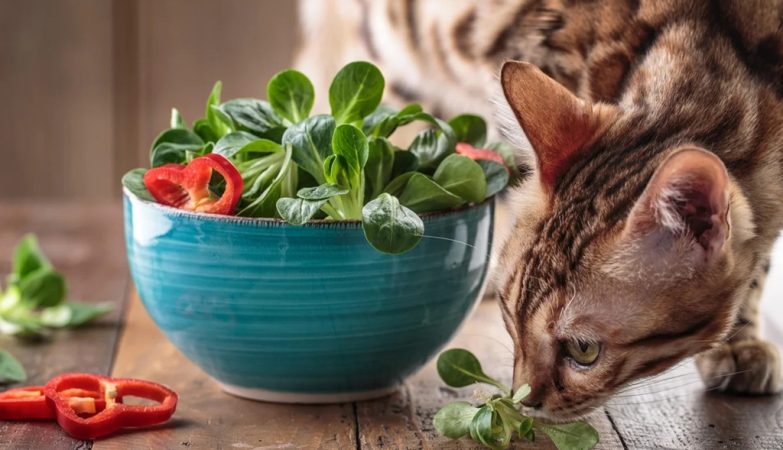Simple repair jobs with glue are extremely easy, very affordable, and can be surprisingly effective in a range of situations. Professionals who create items such as Bespoke Oak Frames like bespoaktimberframes.co.uk/ regularly use industrial grade solutions for fixing together their pieces. For those who aren’t used to dealing with these kinds of materials you can often find yourself in a sticky mess.
So why do things you glue so rarely stay stuck? If your experiences have left you with the need to ask that question, it is probably because you have simply not used the right glue for the job. To make it easier to find out which glue is the right one for the job, here is a handy guide.
A Note on Quality
Inferior-quality glues are never right for any purpose, and will not do the job well even if you have chosen exactly the right type. In choosing the correct glue for the repair you want to carry out, it is important to consider quality as well as which variety of adhesive you are going to use.
The importance of using good-quality products becomes all the more important when dealing with difficult-to-glue materials. Paper and cardboard may stick well with cheap, low-quality glues but things like metal and ceramic will likely get less satisfactory results.
Types of Glue
The types of glue that you should use to repair various materials are as follows:
Ceramic – Fast-acting and instant-bonding glues, including those commonly known as superglue, will achieve good, strong results with ceramic and minimise the visibility of the repair.
Metal – Metal is one of the hardest objects to glue effectively, but not impossible. At the very least, you should use a glue that lists metal as a relevant material on the packaging. For anything better than basic results, however, you should use a good-quality, specialist metal bonding adhesive.
Wood – Like metal, wood is best secured with glues specially developed for the purpose. While other glues may or may not get very good results, depending on which type you use, specialist wood or carpenter glues will form a very strong bond – potentially stronger than the original wood.
Mixed Materials – Gluing two different materials together can be tricky. When gluing two pieces of the same material, you know that they will both react to the glue in the same way so an adhesive that sticks to one part will stick to the other. It varies depending on the exact materials, but polyurethane adhesives are generally best in this situation.






